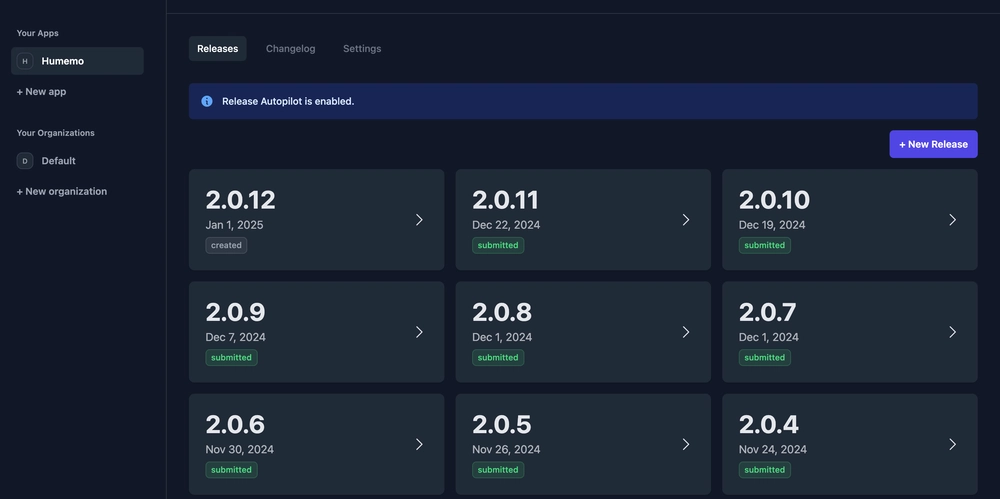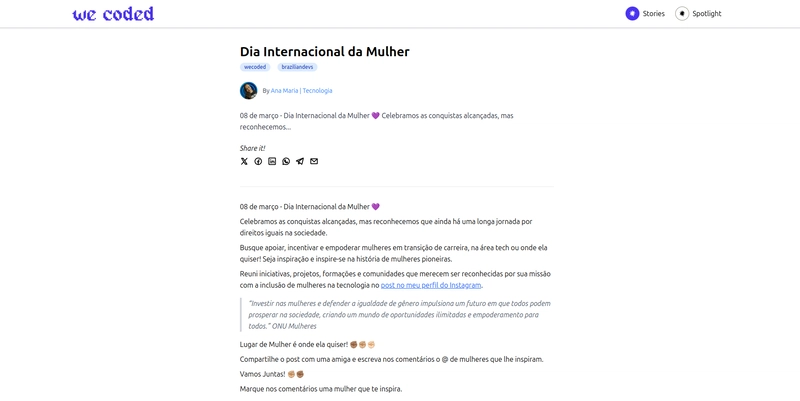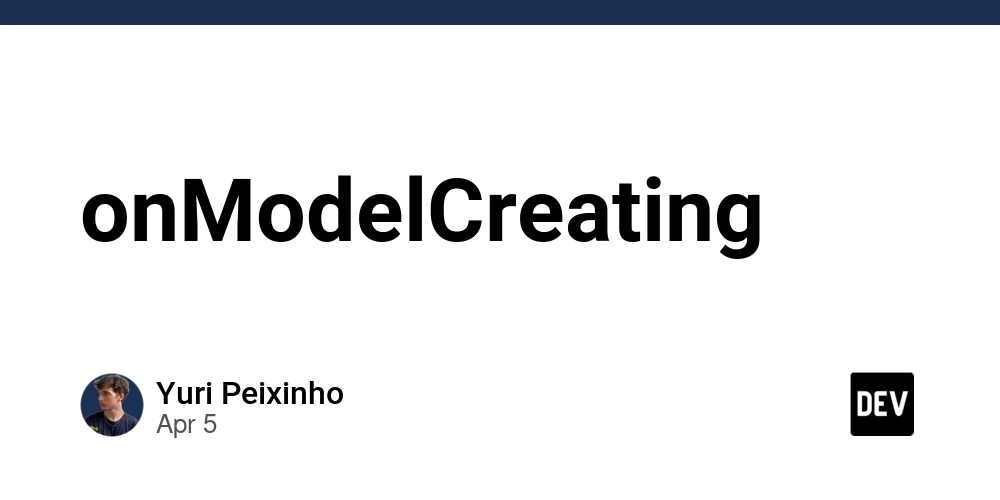Streamline Your Mobile App Releases with GitHub Actions
Releasing a mobile app can be a time-consuming process filled with manual steps—from building and testing your code to generating changelogs and submitting your app to the Google Play Store. In this tutorial, we’ll walk through how to automate your mobile app release workflow using GitHub Actions, so you can focus on coding while your pipeline handles the heavy lifting. While many developers build custom CI/CD pipelines, platforms like AppDeployPro are already streamlining app releases with features like Release Autopilot and seamless GitHub integration. Let’s dive into setting up your own automated release workflow and discover how it can elevate your release process. What You’ll Need A GitHub repository for your mobile app project A working build setup for your Android app (using Gradle/Android Studio) Basic familiarity with GitHub Actions and YAML configuration files Optionally, Fastlane installed for advanced deployment tasks Step 1: Create a GitHub Actions Workflow First, create a workflow file in your repository at .github/workflows/release.yml. This file will define the steps to build, test, and prepare your app for release. name: Mobile App Release on: push: branches: - main workflow_dispatch: jobs: build: runs-on: ubuntu-latest steps: - name: Checkout Code uses: actions/checkout@v3 - name: Set up JDK 11 uses: actions/setup-java@v3 with: java-version: '11' - name: Build App run: ./gradlew assembleRelease - name: Run Tests run: ./gradlew test - name: Generate Changelog run: | python3 scripts/generate_changelog.py # This script extracts commit messages and formats them as a changelog - name: Archive Artifacts uses: actions/upload-artifact@v3 with: name: release-apk path: app/build/outputs/apk/release/app-release.apk In this workflow, we: Checkout the repository and set up the environment Build the Android release APK Run tests to ensure stability Generate a changelog automatically (using your custom Python script) Archive the build artifact for later deployment Step 2: Automate Changelog Generation A professional release isn’t complete without a changelog. Create a simple Python script (scripts/generate_changelog.py) to extract commit messages from your Git history and format them nicely: import subprocess def generate_changelog(): # Get the last 10 commit messages changelog = subprocess.check_output(["git", "log", "-n", "10", "--pretty=format:%s"]).decode() with open("CHANGELOG.md", "w") as file: file.write("## Recent Changes\n") for line in changelog.split("\n"): file.write(f"- {line}\n") print("Changelog generated!") if __name__ == "__main__": generate_changelog() This script creates a CHANGELOG.md file that summarizes the latest commit messages—perfect for keeping your users in the loop. Step 3: (Optional) Integrate Fastlane for Deployment For those looking to automate submissions to the Google Play Store, integrating Fastlane into your workflow can further simplify the process. In your workflow, add a deployment job that triggers Fastlane to handle app submission. Note: While Fastlane is a popular solution for app deployments, platforms like AppDeployPro take release management to the next level by providing an intuitive UI, automated scheduling (Release Autopilot), and consolidated changelog tracking—all without the hassle of setting up your own pipeline. Step 4: Monitor and Iterate Once your workflow is in place, every push to your main branch will trigger a new build and generate a changelog automatically. Monitor your workflow runs in the GitHub Actions dashboard and refine the steps as needed to fit your project requirements. Conclusion By automating your mobile app release process with GitHub Actions, you can save valuable time, reduce manual errors, and keep your release cycle consistent. This tutorial demonstrated how to build a workflow that compiles your app, runs tests, generates a changelog, and archives your build artifacts. For developers seeking an even simpler and more integrated release experience, platforms like AppDeployPro offer a comprehensive solution—simplifying your app releases with a user-friendly UI, Release Autopilot, and seamless GitHub integration. Whether you build your own pipeline or leverage a dedicated service, automating your release process is a game changer that lets you focus more on coding and less on administrative overhead. Happy automating, and here’s to smooth, hassle-free app releases!

Releasing a mobile app can be a time-consuming process filled with manual steps—from building and testing your code to generating changelogs and submitting your app to the Google Play Store. In this tutorial, we’ll walk through how to automate your mobile app release workflow using GitHub Actions, so you can focus on coding while your pipeline handles the heavy lifting.
While many developers build custom CI/CD pipelines, platforms like AppDeployPro are already streamlining app releases with features like Release Autopilot and seamless GitHub integration. Let’s dive into setting up your own automated release workflow and discover how it can elevate your release process.
What You’ll Need
- A GitHub repository for your mobile app project
- A working build setup for your Android app (using Gradle/Android Studio)
- Basic familiarity with GitHub Actions and YAML configuration files
- Optionally, Fastlane installed for advanced deployment tasks
Step 1: Create a GitHub Actions Workflow
First, create a workflow file in your repository at .github/workflows/release.yml. This file will define the steps to build, test, and prepare your app for release.
name: Mobile App Release
on:
push:
branches:
- main
workflow_dispatch:
jobs:
build:
runs-on: ubuntu-latest
steps:
- name: Checkout Code
uses: actions/checkout@v3
- name: Set up JDK 11
uses: actions/setup-java@v3
with:
java-version: '11'
- name: Build App
run: ./gradlew assembleRelease
- name: Run Tests
run: ./gradlew test
- name: Generate Changelog
run: |
python3 scripts/generate_changelog.py
# This script extracts commit messages and formats them as a changelog
- name: Archive Artifacts
uses: actions/upload-artifact@v3
with:
name: release-apk
path: app/build/outputs/apk/release/app-release.apk
In this workflow, we:
- Checkout the repository and set up the environment
- Build the Android release APK
- Run tests to ensure stability
- Generate a changelog automatically (using your custom Python script)
- Archive the build artifact for later deployment
Step 2: Automate Changelog Generation
A professional release isn’t complete without a changelog. Create a simple Python script (scripts/generate_changelog.py) to extract commit messages from your Git history and format them nicely:
import subprocess
def generate_changelog():
# Get the last 10 commit messages
changelog = subprocess.check_output(["git", "log", "-n", "10", "--pretty=format:%s"]).decode()
with open("CHANGELOG.md", "w") as file:
file.write("## Recent Changes\n")
for line in changelog.split("\n"):
file.write(f"- {line}\n")
print("Changelog generated!")
if __name__ == "__main__":
generate_changelog()
This script creates a CHANGELOG.md file that summarizes the latest commit messages—perfect for keeping your users in the loop.
Step 3: (Optional) Integrate Fastlane for Deployment
For those looking to automate submissions to the Google Play Store, integrating Fastlane into your workflow can further simplify the process. In your workflow, add a deployment job that triggers Fastlane to handle app submission.
Note: While Fastlane is a popular solution for app deployments, platforms like AppDeployPro take release management to the next level by providing an intuitive UI, automated scheduling (Release Autopilot), and consolidated changelog tracking—all without the hassle of setting up your own pipeline.
Step 4: Monitor and Iterate
Once your workflow is in place, every push to your main branch will trigger a new build and generate a changelog automatically. Monitor your workflow runs in the GitHub Actions dashboard and refine the steps as needed to fit your project requirements.
Conclusion
By automating your mobile app release process with GitHub Actions, you can save valuable time, reduce manual errors, and keep your release cycle consistent. This tutorial demonstrated how to build a workflow that compiles your app, runs tests, generates a changelog, and archives your build artifacts.
For developers seeking an even simpler and more integrated release experience, platforms like AppDeployPro offer a comprehensive solution—simplifying your app releases with a user-friendly UI, Release Autopilot, and seamless GitHub integration. Whether you build your own pipeline or leverage a dedicated service, automating your release process is a game changer that lets you focus more on coding and less on administrative overhead.
Happy automating, and here’s to smooth, hassle-free app releases!











































































































































































![[The AI Show Episode 142]: ChatGPT’s New Image Generator, Studio Ghibli Craze and Backlash, Gemini 2.5, OpenAI Academy, 4o Updates, Vibe Marketing & xAI Acquires X](https://www.marketingaiinstitute.com/hubfs/ep%20142%20cover.png)



























































































































![[FREE EBOOKS] The Kubernetes Bible, The Ultimate Linux Shell Scripting Guide & Four More Best Selling Titles](https://www.javacodegeeks.com/wp-content/uploads/2012/12/jcg-logo.jpg)



![From drop-out to software architect with Jason Lengstorf [Podcast #167]](https://cdn.hashnode.com/res/hashnode/image/upload/v1743796461357/f3d19cd7-e6f5-4d7c-8bfc-eb974bc8da68.png?#)






































































































.png?#)




.jpg?#)
































_Christophe_Coat_Alamy.jpg?#)








































































































![Rapidus in Talks With Apple as It Accelerates Toward 2nm Chip Production [Report]](https://www.iclarified.com/images/news/96937/96937/96937-640.jpg)









































































































































